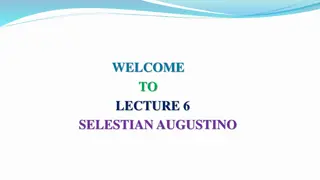
Convex Optimization Project Outlines and Final Report
Explore the project outlines and final report for a Convex Optimization study by CK Cheng at the University of California, San Diego. Discover the problem statement, approaches, expected results, and references within the structured reports.
Download Presentation

Please find below an Image/Link to download the presentation.
The content on the website is provided AS IS for your information and personal use only. It may not be sold, licensed, or shared on other websites without obtaining consent from the author. If you encounter any issues during the download, it is possible that the publisher has removed the file from their server.
You are allowed to download the files provided on this website for personal or commercial use, subject to the condition that they are used lawfully. All files are the property of their respective owners.
The content on the website is provided AS IS for your information and personal use only. It may not be sold, licensed, or shared on other websites without obtaining consent from the author.
E N D
Presentation Transcript
CSE203B Convex Optimization: Project Outline and Final Report CK Cheng Dept. of Computer Science and Engineering University of California, San Diego 1
Outlines: I. II. Introduction: 1. motivation, 2. previous works, 3. intended contributions (wish list), 4. organization of the paper III. Statement of the Problem I. Primal II. Dual III. KKT conditions IV. Intended Approaches V. Conjectured Results, Conclusion & Possible Future works VI. References No more than one page. Use one sentence on each (sub)item (references may take more lines). Red font: grade by content, Black font: grade by completion Head lines: 1. title, 2. team members, 3. tasks assignment 2
Outlines: Grading policy with emphasis in red font (5 points in total) I. Head lines: 1. title (key words), 2. team members, 3. tasks assignment (fair job partition) 1 point. Introduction: 1. motivation (clear explanation), 2. previous works, 3. intended contributions (wish list), 4. organization of the paper 1 point. III. Statement of the Problem (relevance to the class) 1 point I. Primal II. Dual III. KKT conditions IV. Intended Approaches (relevance to the class) 0.5 point V. Conjectured Results (clarity of the goal), Conclusion & Possible Future works 0.5 point VI. References (coverage and quality of the references e.g. key players, publishers, span of the years from very early stage to the most recent.) 1 point. II. 3
Final Report: Grading policy with emphasis in red font (20 points in total) I. Head lines: 1. title (reflection of the content), 2. team members, 3. tasks assignment (task fulfillment by team members) 2 points. Introduction: 1. motivation, 2. previous works, 3. intended contributions, 4. organization of the paper (contributions vs. previous works) 4 points. III. Statement of the Problem 4 points I. Primal formulation II. Dual formulation III. KKT conditions IV. Approaches (quality of choice, novelty, computational complexity) 4 points V. Results (quality of the results), Conclusion & Possible Future works 4 points VI. References (key papers) 2 points. II. 4



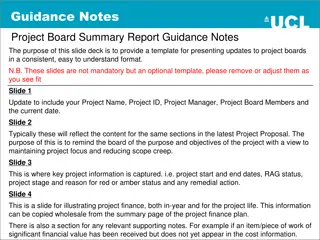
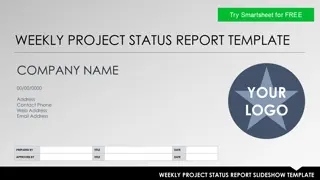
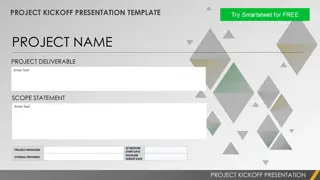
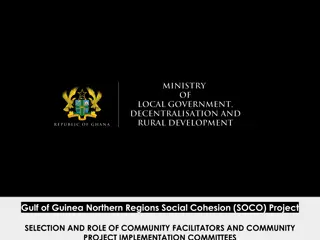
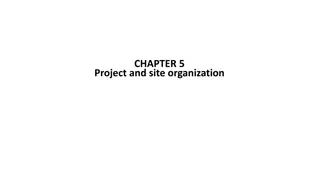
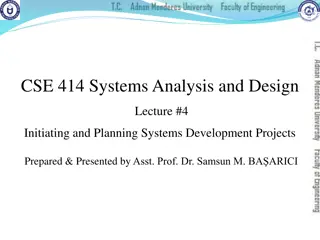
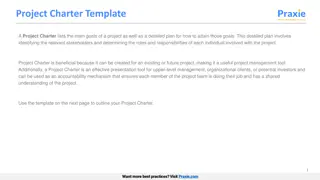
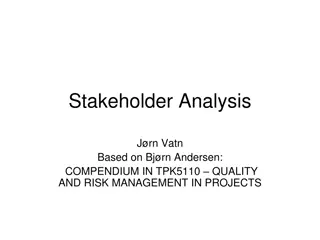
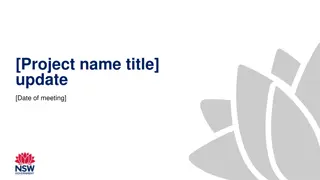
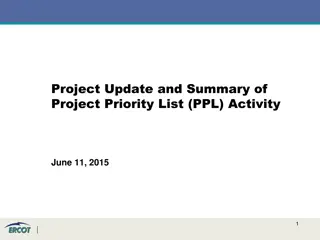
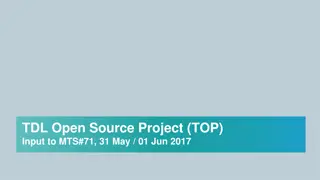
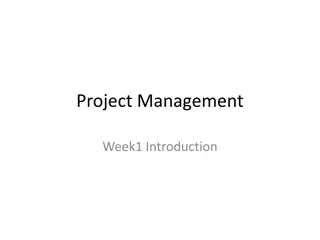
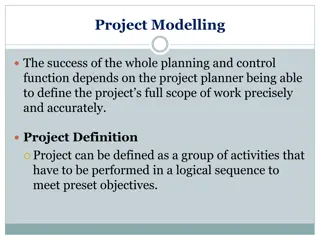

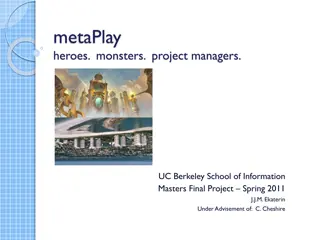
![Project Initiation Document for [Insert.Project.name] [Insert.Project.number]](/thumb/226757/project-initiation-document-for-insert-project-name-insert-project-number.jpg)
